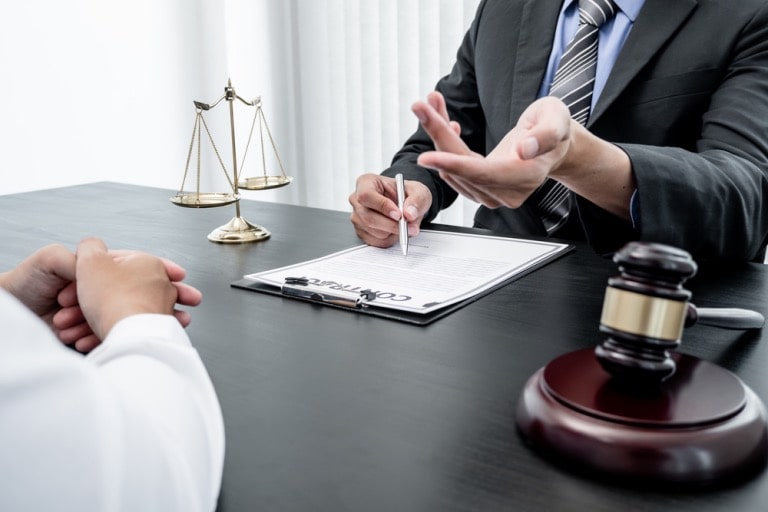How to Prove Negligence in a Personal Injury Case?

Columbia, South Carolina, the state’s bustling capital, is renowned for its rich history, vibrant culture, and warm, welcoming community. The city, situated where the Saluda, Broad, and Congaree rivers meet, offers a blend of natural beauty and urban sophistication.
Its downtown area features a lively arts scene, eclectic dining options, and historic landmarks, while its neighborhoods are characterized by friendly, tight-knit communities. Columbia’s residents take pride in their city’s unique heritage, from the stately South Carolina State House to the storied campuses of the University of South Carolina.
The local economy thrives on a mix of government, education, healthcare, and growing tech sectors, contributing to a dynamic and diverse urban landscape. However, with its bustling streets and active lifestyle, Columbia is not without its share of personal injury incidents.
When such injuries occur, whether through a car accident, a slip and fall incident, or medical malpractice, the injured party may have legal recourse through a personal injury case. One critical element in such cases is proving negligence.
This is crucial because it establishes that the responsible party failed to uphold their duty of care, leading to the harm caused. This comprehensive guide will provide an overview of how to effectively prove negligence in a personal injury case with the help of the best injury lawyers in Columbia, SC.
Understanding Negligence
Negligence refers to conduct in which an individual or entity fails to exercise reasonable care, resulting in harm to another person. In a personal injury case, demonstrating negligence involves establishing four key elements:
1. Duty of Care
The first step is demonstrating that the defendant owed a duty of care towards the injured party. This can vary depending on the situation but generally refers to an obligation to act reasonably and avoid actions that could foreseeably cause harm.
2. Breach of Duty
Proving a breach of duty means showing that the defendant failed to meet their obligation of exercising reasonable care towards the injured party. This could involve negligent behavior, such as reckless driving, inadequate maintenance, or failure to provide proper warning.
3. Causation
The third element is causation – establishing that the defendant’s breach of duty directly contributed to the plaintiff’s injuries or damages sustained. It requires proving that “but for” the defendant’s actions or omissions, the harm suffered would not have occurred.
4. Damages
Finally, it is necessary to demonstrate that actual damages were suffered due to the defendant’s breach of duty and resulting negligence. These might include medical expenses, lost wages, pain and suffering, and emotional distress.
Collecting Evidence
To successfully prove these four elements of negligence in court, strong evidence must be gathered and presented effectively by both the injured party and their legal representation. Here are crucial pieces of evidence to consider:
1. Medical Records
Comprehensive medical records detailing the injuries sustained, treatment received, and the prognosis given by medical professionals are vital pieces of evidence. These records should not only include initial evaluations but also ongoing treatments, therapy sessions, and any necessary future procedures.
2. Eyewitness Testimony
If available, testimony from witnesses who observed the incident occurring can significantly strengthen a personal injury case. Their objective accounts can help establish what happened and who was present and support the injured party’s version of events.
3. Expert Witness Testimony
In some cases, expert witnesses such as accident reconstruction specialists or healthcare professionals might be called upon to provide their professional opinion on matters connected to the case. Their testimony adds credibility and expertise to the plaintiff’s position.
4. Surveillance Footage
If surveillance cameras capture the incident or its aftermath, obtaining this footage can provide compelling visual evidence that supports one’s claim.
5. Documentation of Damages
Any documents proving expenses related to the injuries or damages suffered can bolster a negligence claim. This includes medical bills, repair estimates for damaged property or vehicles, invoices for rehabilitation services, and receipts for out-of-pocket expenses incurred due to the incident.
Building a Strong Case
Proving negligence in a personal injury case requires crafting a solid legal argument supported by concrete evidence. Here are additional strategies you can employ to build an effective case:
1. Investigation
Conducting a thorough investigation is essential to gather all relevant facts and identify any potential witnesses with whom your attorney can follow up.
2. Legal Expertise
Hiring an experienced personal injury attorney who is well-versed in handling negligence claims is crucial for building an effective case strategy. Their knowledge will ensure no critical elements or evidence are overlooked.
3. Preservation of Evidence
Due diligence in preserving all evidence related to the incident is vital. This includes photographs of the accident scene, damaged property, and injuries sustained. It’s also important to store any physical evidence safely, ensuring it remains untampered with.
4. Timeliness
Initiate legal proceedings promptly to adhere to the relevant statutes of limitations and demonstrate a serious commitment to seeking justice for your injuries.
Conclusion
When pursuing a personal injury claim, proving negligence is essential in establishing the responsible party’s liability for the harm caused.
By thoroughly understanding the elements required to establish negligence and collecting strong evidentiary support, you can build a substantial case that increases your chances of receiving fair compensation for damages suffered.
Seek professional legal guidance to navigate this complex process successfully and ensure every aspect of your case is adequately addressed.




